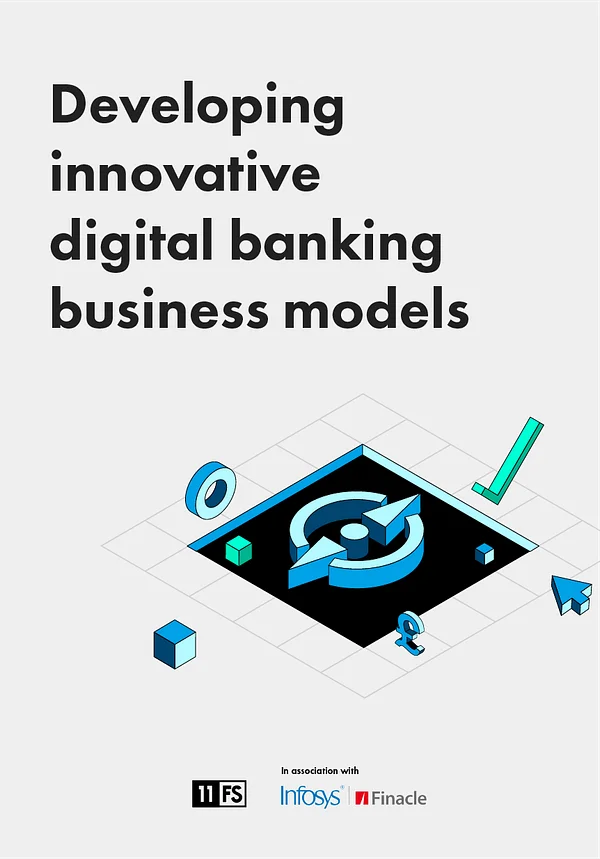Up until recently, if you wanted to launch a financial product, you either had to work directly with the deep financial infrastructure yourself or use a core banking system, which has all sorts of rules and parameters, to interact with the financial infrastructure.
Core banking systems - many built decades ago - were built for robustness, not for performance or flexibility. Now, there are modern core banking solutions that solve for much of the complexity of being a bank, but often these aren’t designed for non-banks who want to embed finance for their customers.
There’s also the emergence of the Banking as a Service provider, which enables faster time to market, but at the expense of vendor lock-in and, potentially, flexibility.
And, whichever option you choose, there is still a lot of stuff you have to build to get a proposition to market that involves finance.
The problem isn’t better core banking. It’s better finance.
Over the last five years there has been an API for everything in fintech. Onboarding customers, credit scoring, account data, fraud prevention and more. These B2B fintech “apps” have made it faster and cheaper to get propositions to market.
It takes a lot of work, time and effort to build a product that's going to stand out, and solve your customers' job. There are great APIs and great Banking as a Service providers but they’re all a part of the solution. How do you bring all of that together to get your product to market, and quickly?
Stitching all of these APIs and services together can be really hard and really slow.
In effect, there is no complete operating system for finance. You’re always limited by geography, risking lock-in, or limiting the flexibility of the product you can create.
That’s why we built 11:FS Foundry.
11:FS are builders and operators who helped launch Mettle for Natwest, Mox for Standard Chartered, and, in our past lives, our team has been involved in everything from Monzo to Starling to Nutmeg. We saw the gap in the market and focused 11:FS Foundry there.
Especially since embedded finance became a thing, a massive thing.
The Total Addressable Market (TAM) of finance is increasing as every company becomes a fintech company. And a16z believes tech businesses can 2x to 5x revenues with financial services.
Companies across all sectors, from travel to retail to food, are coming to finance and embedding fintech to better serve their customers while growing their revenue.
So what’s 11:FS Foundry?
We saw the gap in the market and focused 11:FS Foundry there.
- It’s a shadow ledger / data store to ensure you can see and manage your customer experience without relying on the payments processor or bank (who may have batch systems, or you may want to swap later)
- It’s a backbone connecting all of your fintech APIs and providers into a consistent event stream
- It’s a proposition configuration engine with a simple but elegant rules and workflow engine that allows the creation of not just financial products, but embedded experiences in minutes
- And it’s a collection of our own drops, our “here’s one we made earlier” versions (like 11:Money, a deposit account, and many more drops to follow)
We asked ourselves: if we had to build an operating system, what would it look like? 11:FS Foundry is our answer. The first true Financial Services Operating System.
We’re excited to share this with the world.
There’s a fintech API (app) for everything, and now there’s an operating system.
Come build with us?





.svg)
.svg)









